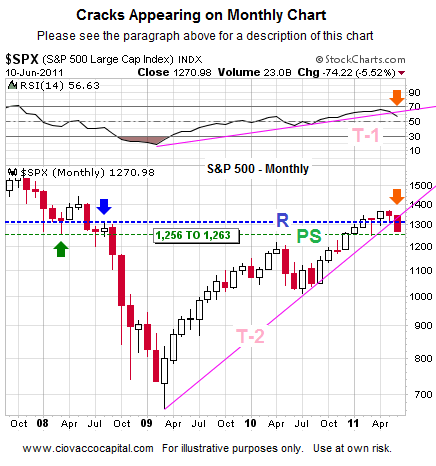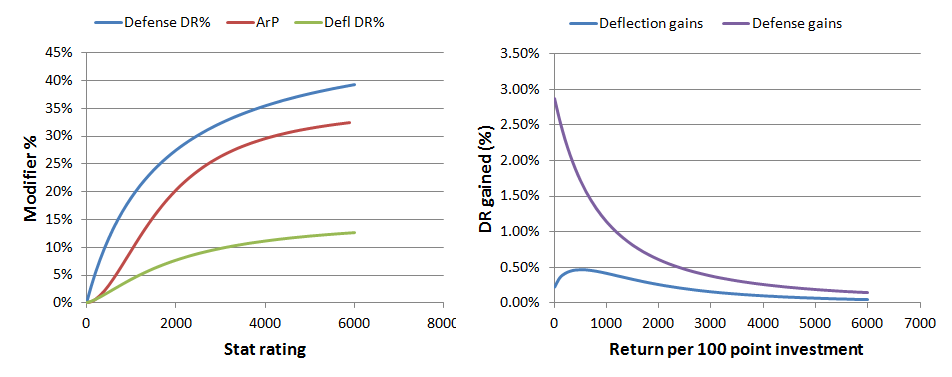Playing Investment Defense
Post on: 11 Июль, 2015 No Comment

Defense
My point about pigskin offense and defense is the perfect metaphor for the world of investing as well. Offensively minded risk takers in the markets have historically been the ones who have dominated the headlines and won the hearts of that beautiful gal (or handsome guy). Aside from the rare examples of Steve Jobs and Bill Gates, however, the secret to getting rich since the early 1980s has been to borrow someone else’s money, throw some Hail Mary passes and spike the ball in the end zone as if you had some particular genius that deserved monetary rewards 2 10 times more than a Doctor, Lawyer or an Indian Chief. Nah, I take that back about the Indian Chief. The Chiefs, at least, have done pretty well with casinos these past few decades.
Still, the primary way to coin money over the past 30 years has been to use money to make money. Although the price of it started in 1981 at a rather exorbitantly high yield of 15% for long-term Treasuries, 20% for the prime, and real interest rates at an almost unbelievable 7-8%, the gradual decline of yields over the past three decades has allowed P/E ratios, real estate prices and bond fund NAVs to expand on a seemingly endless virtuous timeline. Books such as “Stocks for the Long Run” or articles such as “Dow 36,000” captured the public’s imagination much like a Montana to Jerry Rice pass that always seemed to clinch a 49ers victory. Yet an instant replay of these past few decades would have shown that accelerating asset prices weren’t due to any particular wisdom on the part of academia or the investment community but an offensively minded Federal Reserve and their global counterparts who were printing money, lowering yields and bringing forward a false sense of monetary wealth that was dependent on perpetual motion. “Rinse, lather, repeat – Rinse, lather, repeat” was in effect the singular mantra of central bankers ever since the departure of Paul Volcker, but there was no sense that the shampoo bottle filled with money would ever run dry. Well, it has. Interest rates have a mathematical bottom and when they get there, the washing of the financial market’s hair produces a lot less lather when it’s wet, and a lot less body after the blow dry. At the zero bound, not only are yields rendered impotent to elevate P/E ratios and lower real estate cap rates, but they begin to poison the financial well. Low yields, instead of fostering capital gains for investors via the magic of present value discounting and lower credit spreads, begin to reduce household incomes, lower corporate profit margins and wreak havoc on historical business models connected to banking, money market funds and the pension industry. The offensively oriented investment world that we have grown so used to over the past three decades is being stonewalled by a zero bound goal line stand. Investment defense is coming of age.
It is Main Street that has failed to keep up with Wall Street and corporate America in the race to see who can benefit more from lower yields. As the interest component of personal income gradually weakens, the ability of the consumer to keep up its frenetic spending is reduced. Metaphorically, it’s akin to a 4th quarter two minute Super Bowl drill, but one where the receivers haven’t been properly hydrated. They’re a half step slow, their legs are cramping, and it shows. Lower interest rates are having a negative impact on households because their water bottles are filled with 50 basis point CDs instead of Gatorade.

While Wall Street and levered investors have fared better than their Main Street counterparts, it’s not as if they’re in “primetime Deion Sanders” shape either. Conceptualize the historical business model of any financially-oriented firm for the past 30 years and you will see what I mean. Insurance companies, for instance, whether they be life insurance with their long-term liabilities, or property/casualty insurance with more immediate potential payouts, have modeled their long-term profitability on the assumption of standard long-term real returns on investment. AFLAC, GEICO, Prudential or the Met – take your pick – have hired, staffed, advertised, priced and expensed based upon the assumption of using their cash flows to earn a positive real return on their investment. When those returns fall from 7% positive to an approximate 1% negative, then assumptions – and practical realities – begin to change. If these firms can’t cover inflation with historical real returns from their float, then they begin to downsize in order to stay profitable. The downsizing is just another way of describing a transition from offense to defense in a zero bound nominal interest rate world where almost any level of inflation produces negative real yields on investment.
The plight of Buffett of course is in some respects the plight of PIMCO or any investment/financially-oriented firm in this new age of the zero bound. And it seems to us at PIMCO that successful investing in a deleveraging, low interest rate environment will require defensive in addition to offensive skills. What does that mean? Well, let’s briefly describe PIMCO’s own historical investment offense for the past 30 years in order to provide a defensive contrast:














